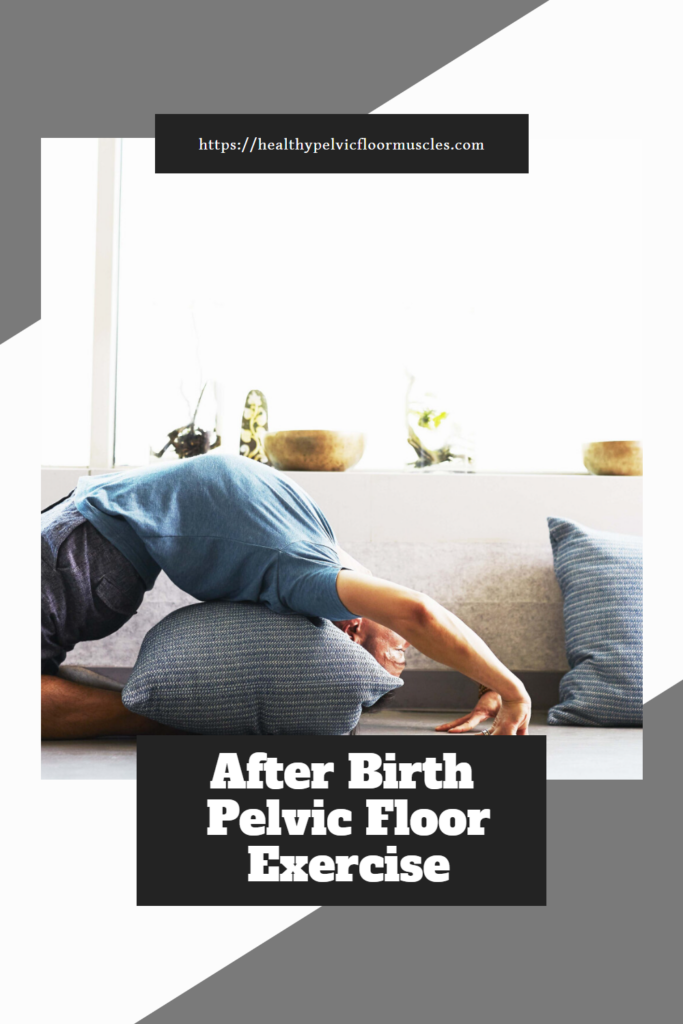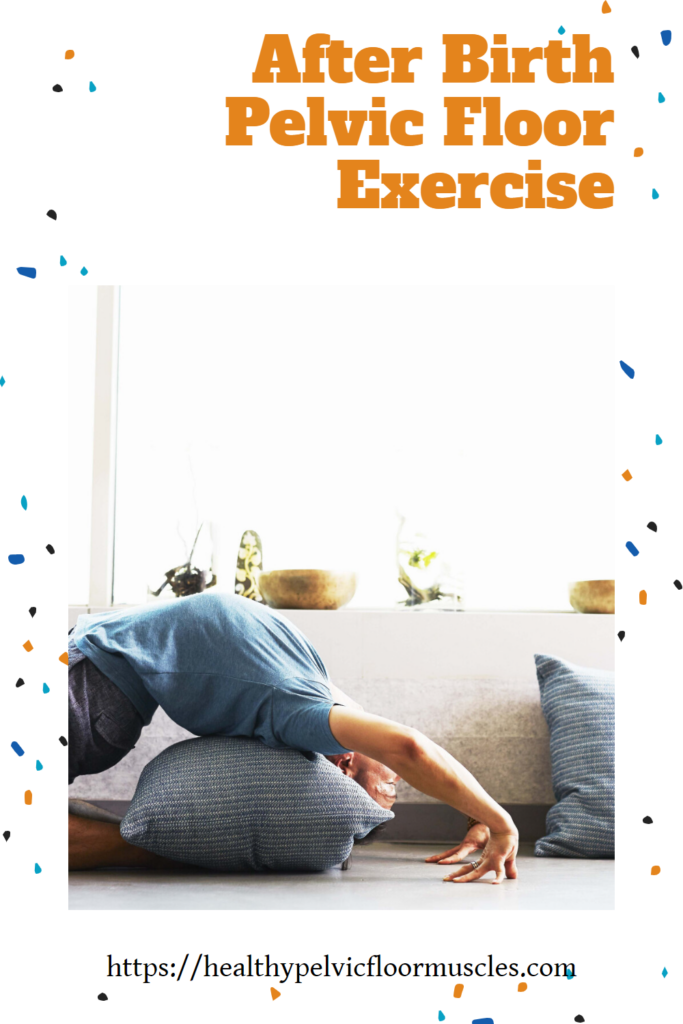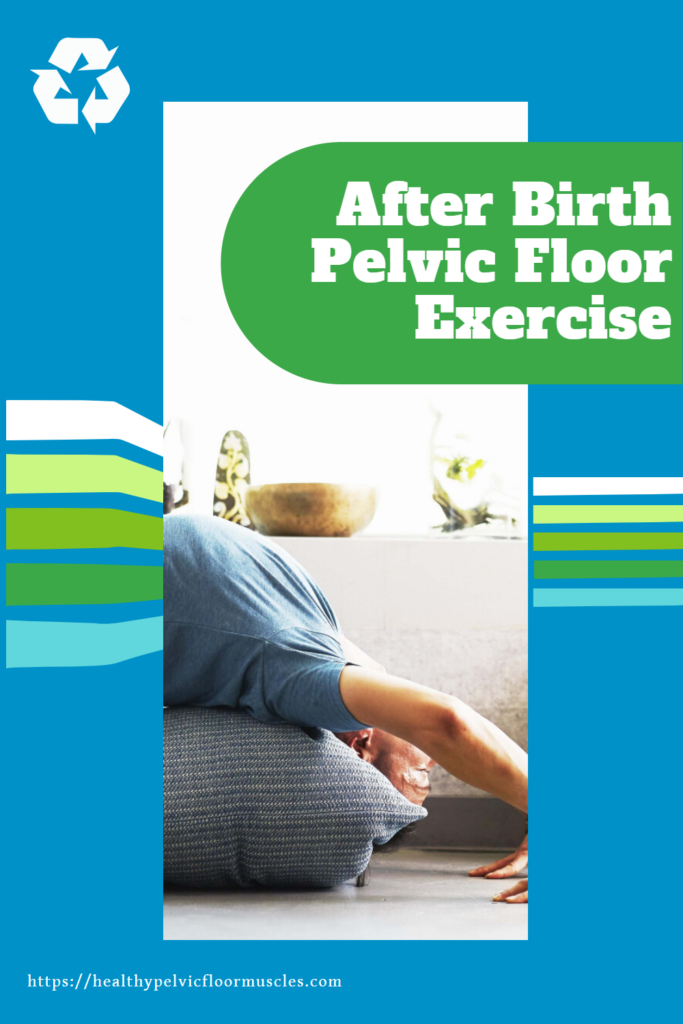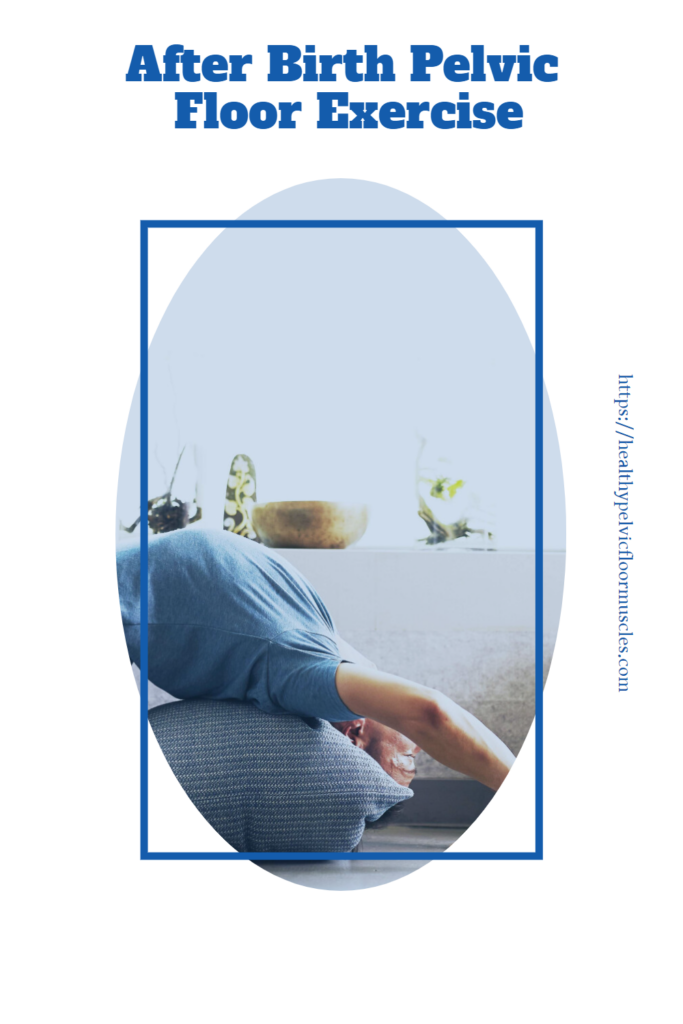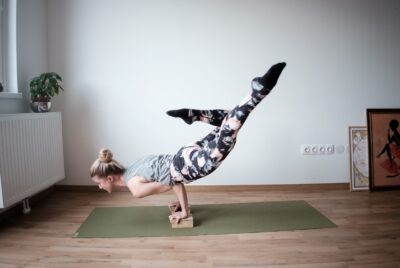After Birth Pelvic Floor Exercise
Table of Contents
- Exploring the Benefits of After Birth Pelvic Floor Exercise for Postpartum Women
- How to Incorporate After Birth Pelvic Floor Exercise into Your Postpartum Recovery
- Understanding the Role of After Birth Pelvic Floor Exercise in Postpartum Women’s Health
- The Benefits of After Birth Pelvic Floor Exercise for Postpartum Women’s Core Strength
- How After Birth Pelvic Floor Exercise Can Help Postpartum Women Regain Control of Their Bladder and Bowel Function
- How to Make After Birth Pelvic Floor Exercise Part of Your Postpartum Wellness Routine
- The Importance of After Birth Pelvic Floor Exercise in Preventing Postpartum Pelvic Floor Dysfunction
- Tips for Implementing After Birth Pelvic Floor Exercise During Postpartum Recovery
- Understanding the Role of After Birth Pelvic Floor Exercise in Postpartum Women’s Sexual Health
- 1How to Use After Birth Pelvic Floor Exercise to Help Postpartum Women Regain Their Pre-Pregnancy Figure

After birth pelvic floor exercise is a set of exercises designed to help women strengthen and regain control of their pelvic floor muscles both during and after pregnancy. These exercises are designed to strengthen the pelvic floor muscles which support the bladder, rectum, and uterus to help prevent urine leakage and pelvic organ prolapse. They can also help improve sexual sensation and satisfaction, and reduce pain. These exercises should be done regularly to make sure the pelvic floor muscles stay strong and healthy.
Postpartum
Postpartum depression is a serious mental health condition that affects many new mothers. It is an illness that can have serious implications for both mother and baby, so it is important to understand the signs and symptoms and get treatment for it if needed. Postpartum depression is more than just “baby blues,” which are much more common and typically resolve in a few days or weeks after childbirth. Postpartum depression is a more serious condition that can last for weeks or months and may interfere with a new mother’s ability to take care of herself and her child. Common signs and symptoms of postpartum depression include: feeling overwhelmed or unable to cope; feeling hopeless, guilty, or worthless; difficulty concentrating; low energy; changes in appetite or sleep; difficulty bonding with the baby; and thoughts of suicide. If you experience any of these symptoms, it is important to reach out for help. The good news is that postpartum depression is treatable. Treatment can include therapy, medication, or both. Therapy can involve talking with a therapist about your feelings and developing coping skills. Medication can help to balance your hormones and ease symptoms. It is also important to take care of yourself when you are dealing with postpartum depression. This includes eating healthy foods, getting enough rest, and taking time for yourself. It is also important to reach out to family and friends for support. Postpartum depression is a serious condition, but with the right treatment it can be managed. If you think you may be suffering from postpartum depression, it is important to talk to your doctor or mental health professional right away.
Exploring the Benefits of After Birth Pelvic Floor Exercises for Postpartum Women
Postpartum women may be surprised to learn that after birth pelvic floor exercises can be incredibly beneficial in improving their long-term health. From easing postpartum pain to helping with incontinence, these exercises have a range of benefits that can make a huge difference in a woman’s life. In this article, we’ll explore the benefits of pelvic floor exercise after birth and why it’s so important for postpartum women. One of the most important benefits of pelvic floor exercise is that it can help ease pain associated with postpartum recovery. This is because exercising the pelvic floor can help strengthen the muscles and ligaments that support the pelvic area. This can help reduce pain and discomfort in the area, as well as reduce the risk of injury. Pelvic floor exercise can also help with urinary incontinence, a common issue among postpartum women. This type of exercise helps strengthen the muscles that control the bladder, which can help reduce or even eliminate episodes of accidental leakage. This is especially helpful for women who are breastfeeding, as the extra pressure of nursing can often lead to incontinence. Finally, pelvic floor exercise can also help improve sexual function after giving birth. This is because the pelvic floor muscles play an important role in sexual pleasure. By strengthening these muscles, women can experience improved sexual pleasure and sensation. Overall, pelvic floor exercise after birth can have a range of positive benefits for postpartum women. From reducing pain and discomfort to improving sexual pleasure, these exercises can make a huge difference in a woman’s life. Women should talk to their doctor about incorporating pelvic floor exercises into their postpartum recovery plan to ensure they get the most out of these exercises.
How to Incorporate After Birth Pelvic Floor Exercises into Your Postpartum Recovery
When you become a mother, it’s important to think about your postpartum recovery and what habits and routines you should be incorporating into your day-to-day life to get you back on your feet. One of the most important postpartum recovery exercises you can do is to focus on your pelvic floor muscles.
So, how can you incorporate pelvic floor exercises into your postpartum recovery plan? Here are some tips to get you started:
1. Start with Kegels: Kegels are the most basic and most recommended form of pelvic floor exercise. They involve squeezing and releasing the pelvic floor muscles for three to five seconds at a time. You can do these while sitting, standing, or even lying down.
2. Add in planks and bridges: Planks and bridges are two great exercises for strengthening the core and pelvic floor muscles. They’re also easy to do at home. To do a bridge, lie on your back and raise your hips off the ground until your body forms a straight line. To do a plank, start in a push-up position with your elbows and toes on the ground and your body in a straight line.
3. Do squats and lunges: Squats and lunges are great exercises for strengthening the deep core muscles, which can help support the pelvic floor. To do a squat, stand with your feet hip-width apart and lower your body until your knees are bent at a 90-degree angle. To do a lunge, stand with one foot planted firmly on the ground and the other foot stretched out behind you. Lower your body until your front knee is bent at a 90-degree angle.
4. Incorporate yoga poses: Certain yoga poses, such as the bridge, cobra, and boat, are great for strengthening the pelvic floor muscles.
By incorporating these exercises into your postpartum recovery plan, you can help strengthen your pelvic floor muscles, which can help support your body and prevent pelvic floor dysfunction. Of course, it’s always best to consult with a healthcare professional before beginning any new exercise regimen.
Understanding the Role of After Birth PF Exercise in Postpartum Women’s Health
Postpartum women often experience a variety of physical and emotional changes that can affect their health and wellbeing. During this time, it is important for them to take care of their bodies and minds, and one way to do this is through after birth pelvic floor exercises. After birth pelvic floor exercises can help postpartum women strengthen and support their pelvic floor muscles, which can help with a number of issues that may arise during the postpartum period. The pelvic floor muscles are a group of muscles located at the base of the pelvic region. They are responsible for supporting the pelvic organs, controlling urinary and fecal incontinence, and providing support for the lower back and pelvic area. Unfortunately, during pregnancy, these muscles can become weakened due to the increased pressure on the pelvic area. This can lead to issues such as urinary and fecal incontinence, pelvic organ prolapse, and back pain. After birth pelvic floor exercises are designed to help postpartum women strengthen and support their pelvic floor muscles. These exercises can help reduce the symptoms of urinary and fecal incontinence, as well as help prevent pelvic organ prolapse. They can also help to improve posture, reduce back pain, and provide support for the abdominal muscles. When performing after birth pelvic floor exercises, it is important to focus on the correct technique. This means engaging the muscles correctly and ensuring that the exercises are performed with a slow and controlled motion. It is also important to perform the exercises with the correct breathing pattern, as this can help to improve the effectiveness of the exercises. In addition to performing after birth pelvic floor exercises, it is also important to make sure that the pelvic floor muscles are receiving sufficient rest. This means avoiding any activities that may put additional strain on the pelvic floor muscles, such as heavy lifting or running. Overall, after birth pelvic floor exercises are an important part of postpartum women’s health. They can help to improve pelvic floor health, reduce the symptoms of urinary and fecal incontinence, and provide support for the abdominal muscles. With the correct technique and adequate rest, these exercises can provide postpartum women with the support they need to stay healthy and well during this important time.
The Benefits of this kind of Exercise for Postpartum Women’s Core Strength
After giving birth, a woman’s body undergoes numerous changes. These changes can range from abdominal muscle separation to weakened pelvic floor muscles. While it may take a while for the body to return to its pre-pregnancy state, there are ways to speed up the process. One such way is with pelvic floor exercises. Pelvic floor exercises can help postpartum women regain core strength and improve their overall health. This type of exercise targets the muscles of the pelvic floor, which are responsible for supporting the bladder, uterus, and other organs. For starters, pelvic floor exercises can help restore a woman’s pre-pregnancy abdominal strength. During pregnancy, the abdominal muscles become stretched and weakened due to the weight of the growing baby. Pelvic floor exercises can help strengthen the weakened abdominal muscles, which can help reduce back pain and improve posture. Pelvic floor exercises can also help improve bladder control. During pregnancy, the muscles that control the bladder can weaken, causing urinary incontinence. By strengthening the pelvic floor muscles, women can experience better bladder control and less leakage. Finally, pelvic floor exercises can help improve sexual health. After giving birth, a woman’s vagina can become weakened. Pelvic floor exercises can help increase blood flow to the vagina, which can reduce pain and improve sensation during intercourse. Overall, pelvic floor exercises can be incredibly beneficial for postpartum women. Not only can they help restore pre-pregnancy core strength, but they can also reduce back pain, improve bladder control, and improve sexual health. So if you’re a postpartum woman looking to get back in shape, pelvic floor exercises may be the perfect solution.
How After Birth Pelvic Floor Exercise Can Help Postpartum Women Regain Control of Their Bladder and Bowel Function
After birth pelvic floor exercises can be a great way to help postpartum women regain control of their bladder and bowel function. During pregnancy and childbirth, the pelvic floor muscles can become weakened and stretched, leading to the inability to control urine and/or feces. Although the body will naturally heal and regain strength over time, doing pelvic floor exercises can help speed up the process. The main focus of pelvic floor exercises is to strengthen the pelvic muscles, which are key for controlling bladder and bowel movements. These exercises involve contracting and relaxing the pelvic floor muscles. This can be done by tightening the muscles around the anus, vagina, and urethra as if you are trying to “stop the flow of urine” or by “pulling in” the muscles around the anus and vagina. It is important to remember to relax the pelvic floor muscles after each contraction. These exercises should be done several times a day, starting with five repetitions and gradually working up to 10 repetitions per session. These exercises can also be done while sitting, standing, or lying down. It is important to remember to keep the back and stomach muscles relaxed while doing the exercises. In addition to pelvic floor exercises, there are other strategies that can help postpartum women regain control of their bladder and bowel function. These strategies include drinking plenty of fluids, avoiding caffeine, and avoiding constipation by eating a diet high in fiber and drinking plenty of water. It is also important to practice good hygiene, such as wiping front to back and avoiding douching. Overall, pelvic floor exercises can be a great way to help postpartum women regain control of their bladder and bowel function. With regular practice, these exercises can help strengthen the pelvic floor muscles and improve bladder and bowel control. In addition to doing the exercises, postpartum women can also benefit from other strategies such as drinking plenty of fluids and avoiding constipation.
How to Make It Part of Your Postpartum Wellness Routine
If you recently gave birth, you may be wondering how to make the most of your postpartum wellness routine. One key component that can benefit your overall health is incorporating pelvic floor exercises into your everyday routine. These exercises help to strengthen your pelvic floor muscles, which can help prevent incontinence, improve sexual function, and reduce pain. Here are some tips to help make after birth pelvic floor exercises part of your postpartum wellness routine!
1. Start Slowly: It’s important to ease into your pelvic floor exercises after giving birth. Start with short sets of 10-15 reps of basic kegels, and gradually increase to longer sets as your strength and endurance improve.
2. Be Consistent: Make a commitment to yourself to do pelvic floor exercises every day. Even just a few minutes a day is enough to make a difference.
3. Use Technology: There are a variety of apps and online tools available to help you keep track of your exercise progress. Some apps allow you to set reminders to do your exercises, as well as track your progress over time.
4. Ask for Help: If you’re not sure how to do the exercises correctly, or if you find them too difficult, don’t be afraid to ask for help. You can ask your doctor or physical therapist for guidance, or look for online videos to help you learn the proper technique.
By following these tips, you can make pelvic floor exercises part of your postpartum wellness routine. Incorporating these exercises into your daily routine can help to strengthen your pelvic floor muscles, improving your overall health and wellbeing.
The Importance of After Birth Pelvic Floor Exercise in Preventing Postpartum Pelvic Floor Dysfunction
Postpartum pelvic floor dysfunction (PPFD) is a common but often overlooked condition that affects many women following childbirth. It can cause a range of symptoms, including urinary and/or fecal incontinence, pelvic organ prolapse, and pelvic pain. Though it can be embarrassing and uncomfortable to talk about, PPFD can have a major impact on a woman’s quality of life. Fortunately, there are ways to reduce your risk of developing PPFD and improve your postpartum recovery. One of the most important steps you can take is to begin doing pelvic floor exercises after birth. These exercises can help strengthen the pelvic floor muscles, which can reduce your risk of developing PPFD. To do these exercises, you should contract your pelvic floor muscles as if you were trying to stop the flow of urine. Hold the contraction for five to ten seconds, then relax the muscles for five seconds. Repeat this cycle 10 times. You can do this exercise multiple times a day, or as often as you can. It is also important to practice good postpartum habits. Avoid straining and lifting heavy weights, and practice good posture. Proper hydration and nutrition are also important for postpartum recovery. By doing pelvic floor exercises after birth and practicing good postpartum habits, you can reduce your risk of developing PPFD and improve your postpartum recovery. So don’t forget to squeeze those pelvic floor muscles after giving birth!
Tips for Implementing After Birth Pelvic Floor Exercise During Postpartum Recovery
1. Start slowly: Don’t overwhelm yourself by trying to do too much too soon. Start light and slow and gradually build up the intensity of your pelvic floor exercises.
2. Get comfortable: Find a comfortable and relaxed position to do your exercises. This could be sitting in a chair, lying on the floor, or even standing up.
3. Focus on your breath: Remember to take deep breaths while doing your exercises. This will help you to relax and focus on the exercises.
4. Don’t overdo it: It’s important to listen to your body and not push yourself too hard. If you’re feeling any pain, stop and take a break.
5. Find a routine that works for you: Try to find a routine that works for you and stick to it. This will help keep you motivated and ensure that you’re doing the exercises regularly.
6. Seek professional help: If you’re struggling to do the exercises or are experiencing pain, it’s important to seek help from a medical professional. They can provide guidance on how to do the exercises correctly and provide any additional support you may need.
Understanding the Role of After Birth Pelvic Floor Exercise in Postpartum Women’s Sexual Health
The postpartum period can be a difficult time for a woman’s body and mind, and her sexual health is no exception. Fortunately, after birth pelvic floor exercises can help women regain their pre-pregnancy sexual health. In this article, we’ll look at how these exercises can benefit postpartum women and why they should be part of a postpartum recovery program. The pelvic floor is made up of muscles, ligaments, and connective tissue that provide support for the pelvic organs, such as the bladder, rectum, and uterus. During pregnancy, the pelvic floor muscles can be weakened by hormonal changes and the weight of the growing baby. This can lead to a number of issues, such as urinary incontinence, vaginal laxity, and a decrease in sexual sensation. After birth pelvic floor exercises can help to strengthen the pelvic floor muscles and improve postpartum sexual health. These exercises involve contracting and relaxing the pelvic floor muscles, and can be done in a variety of positions, such as while sitting, standing, or lying down. They can also be done while doing other activities, such as walking or even sitting at your desk. These exercises can help to improve bladder control and reduce urinary incontinence, as well as improve vaginal tone and sensation. They can also help to reduce the risk of prolapse and improve sexual satisfaction. Regular pelvic floor exercises can also help to increase the intensity of orgasms. In addition to the physical benefits, after birth pelvic floor exercises can also help to reduce the mental and emotional stress associated with postpartum recovery. Studies have shown that these exercises can help to reduce anxiety and depression, and can even improve mood. In conclusion, after birth pelvic floor exercises are an important part of postpartum recovery and can help to improve postpartum sexual health. They can help to reduce urinary incontinence, improve vaginal tone and sensation, reduce the risk of prolapse, and even improve sexual satisfaction and orgasms. Additionally, these exercises can reduce the mental and emotional stress associated with postpartum recovery and can help to improve overall mood. Therefore, postpartum women should make sure to include pelvic floor exercises as part of their recovery program.
1How to Use After Birth Pelvic Floor Exercise to Help Postpartum Women Regain Their Pre-Pregnancy Figure
Pelvic floor exercises are an important part of postpartum recovery for many women. The good news is that it doesn’t have to be a daunting task! With a few simple tips, you can easily incorporate postpartum pelvic floor exercises into your daily routine. The first step is to identify the correct muscles. To do this properly, you will need to know the difference between a pelvic floor muscle contraction and a deep abdominal muscle contraction. To identify the correct muscles, lie down on your back with your knees bent. Place one hand on your abdomen and the other on your pelvic floor. Then, tighten your abdominal muscles and feel your hand on your abdomen move upwards. Now, tighten your pelvic floor muscles and feel your hand on your pelvic floor move downwards. This is the correct muscle contraction. Now that you’ve identified the correct muscles, you can start your pelvic floor exercises. Begin by tightening the pelvic floor muscles and holding the contraction for a few seconds before releasing. Do this 10 times, 3-4 times a day. As you become more comfortable with the exercises, you can increase the hold time and the number of repetitions. It’s also important to practice good posture during your pelvic floor exercises. Make sure your spine is in a neutral position and your stomach muscles are relaxed. This will help ensure that you are performing the exercises correctly and that you are engaging the right muscles. Finally, don’t forget to take breaks! Pelvic floor exercises can be tiring, so it’s important to rest in between sets. After a few weeks of regular practice, you can expect to see some improvements in your postpartum figure. So don’t give up! Keep up with your exercises and you’ll be back to your pre-pregnancy figure in no time.
The After Birth Pelvic Floor Exercise is a valuable exercise for new moms to incorporate into their postpartum routine. Not only does it help strengthen the pelvic floor muscles, but it can also help reduce urinary incontinence, improve bladder control, and reduce pelvic and low back pain. As with any exercise program, it’s important to make sure that the exercise is done correctly and with proper form to get the full benefits. With regular practice, this exercise can help new moms stay fit and healthy postpartum.
